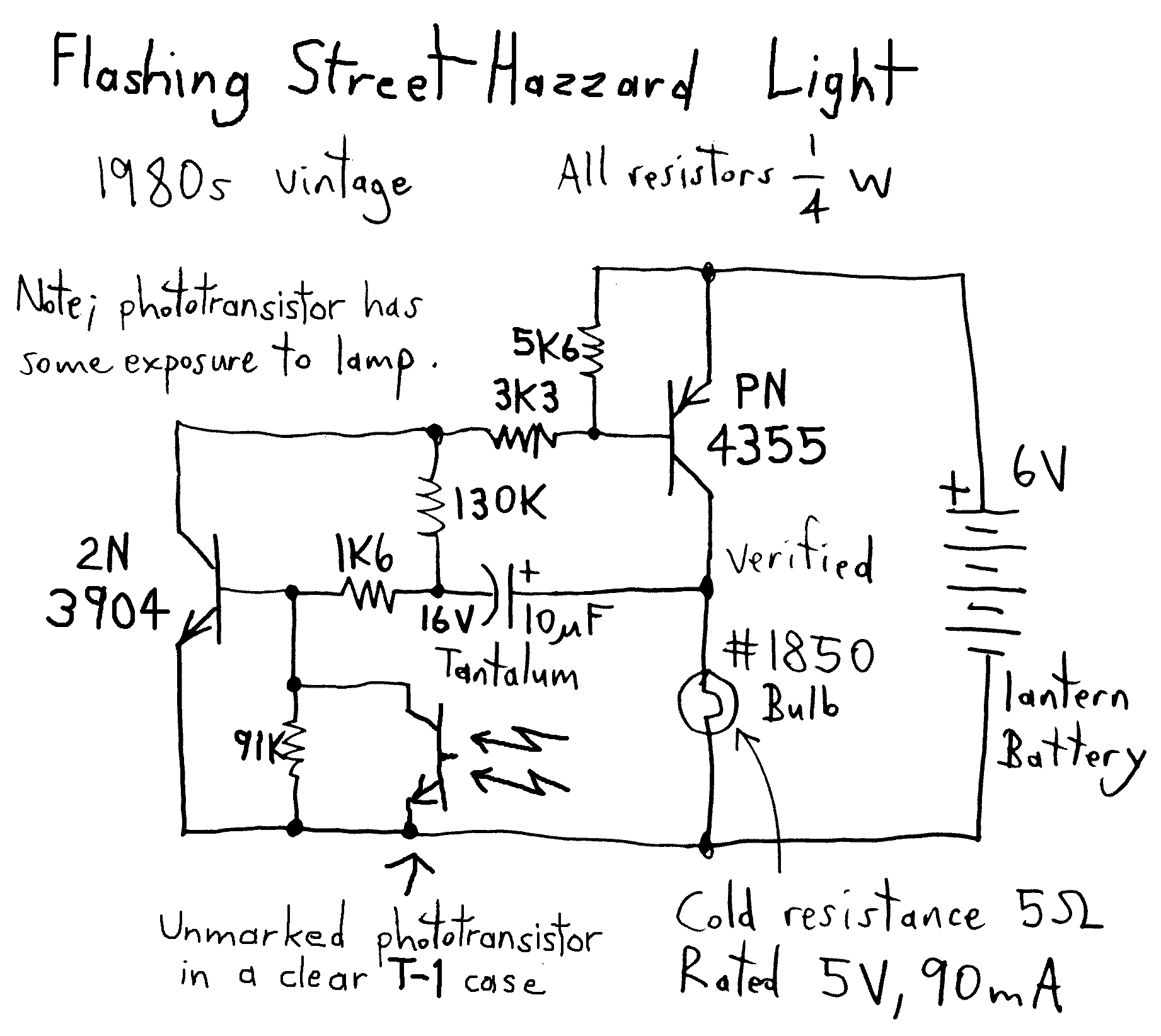
Wire loop theft alarm

This circuit utilizing a 555 timer IC can be used as an alarm system to prevent the theft of your luggage, burglars breaking into your house, etc. The alarm goes ON when a thin wire, usually as thin as a hair, is broken. The circuit is straightforward. It uses a 555 IC wired as an astable multivibrator to produce a tone of frequency of about 1kHz, which gives out a shrill noise to scare away the burglar. The wire used to set off the alarm can be made of a thin copper wire like SWG 36 or higher. You can even use single strands of copper from a power cable. The circuit operates on a wide range of voltages from 5V to 15V. The speaker and the circuit could be housed inside a tin can with holes drilled on the speaker side for the sound to come out.
The circuit design employs the 555 timer IC configured in an astable mode, generating a continuous square wave output at a frequency of approximately 1kHz. This output is fed into a small speaker or piezo buzzer that produces a loud shrill tone, effectively alerting individuals nearby of a potential intrusion. The astable multivibrator configuration involves the use of two resistors and one capacitor connected to the timing pins of the 555 timer, which dictate the frequency of oscillation.
The activation mechanism of the alarm relies on a thin wire, which serves as a switch. This wire can be positioned strategically around the area to be monitored, such as around luggage or entry points of a home. When the wire is disturbed or cut, it creates an open circuit condition, triggering the 555 timer to activate the alarm. The use of a thin copper wire, such as SWG 36, is recommended due to its balance between sensitivity and durability.
Power supply requirements for the circuit range from 5V to 15V, allowing for flexibility in deployment depending on available power sources. The circuit can be powered using batteries or a DC power adapter, making it suitable for both portable and stationary applications.
For optimal performance, housing the entire assembly within a tin can is advised. The can not only protects the components but also helps in projecting the sound emitted by the speaker. Holes drilled on the side of the can where the speaker is mounted allow sound to escape while maintaining the integrity of the circuit. This design ensures that the alarm is both effective and discreet, making it an excellent choice for personal security applications. This circuit utilising a 555 timer IC can be used as an alarm system to prevent the theft of your luggage, burglars breaking into your house etc. The alarms goes ON when a thin wire, usually as thin as a hair is broken. The circuit is straightforward. It uses a 555 IC wired as an astable multivibrator to produce a tone of frequency of about 1kHz which gives out a shrill noise to scare away the burglar.
The wire used to set off the alarm can be made of a thin copper wire like SWG 36 or higher. You can even use single strands of copper form a power cable. The circuit operates on a wide range of voltages from 5V to 15V. The speaker and the circuit could be housed inside a tin can with holes drilled on the speaker side for the sound to come out. 🔗 External reference
The circuit design employs the 555 timer IC configured in an astable mode, generating a continuous square wave output at a frequency of approximately 1kHz. This output is fed into a small speaker or piezo buzzer that produces a loud shrill tone, effectively alerting individuals nearby of a potential intrusion. The astable multivibrator configuration involves the use of two resistors and one capacitor connected to the timing pins of the 555 timer, which dictate the frequency of oscillation.
The activation mechanism of the alarm relies on a thin wire, which serves as a switch. This wire can be positioned strategically around the area to be monitored, such as around luggage or entry points of a home. When the wire is disturbed or cut, it creates an open circuit condition, triggering the 555 timer to activate the alarm. The use of a thin copper wire, such as SWG 36, is recommended due to its balance between sensitivity and durability.
Power supply requirements for the circuit range from 5V to 15V, allowing for flexibility in deployment depending on available power sources. The circuit can be powered using batteries or a DC power adapter, making it suitable for both portable and stationary applications.
For optimal performance, housing the entire assembly within a tin can is advised. The can not only protects the components but also helps in projecting the sound emitted by the speaker. Holes drilled on the side of the can where the speaker is mounted allow sound to escape while maintaining the integrity of the circuit. This design ensures that the alarm is both effective and discreet, making it an excellent choice for personal security applications. This circuit utilising a 555 timer IC can be used as an alarm system to prevent the theft of your luggage, burglars breaking into your house etc. The alarms goes ON when a thin wire, usually as thin as a hair is broken. The circuit is straightforward. It uses a 555 IC wired as an astable multivibrator to produce a tone of frequency of about 1kHz which gives out a shrill noise to scare away the burglar.
The wire used to set off the alarm can be made of a thin copper wire like SWG 36 or higher. You can even use single strands of copper form a power cable. The circuit operates on a wide range of voltages from 5V to 15V. The speaker and the circuit could be housed inside a tin can with holes drilled on the speaker side for the sound to come out. 🔗 External reference
Warning: include(partials/cookie-banner.php): Failed to open stream: Permission denied in /var/www/html/nextgr/view-circuit.php on line 713
Warning: include(): Failed opening 'partials/cookie-banner.php' for inclusion (include_path='.:/usr/share/php') in /var/www/html/nextgr/view-circuit.php on line 713





